Cocaine
$350.00 – $2,000.00
Cocaine is a white powder. It can be snorted up the nose or mixed with water and injected with a needle. Cocaine can also be made into small white rocks, called crack. Crack is smoked in a small glass pipe.
- 25grams $350
- 50grams $580
- 100grams $890
- 500grams $2000
Cocaine is a white powder. It can be snorted up the nose or mixed with water and injected with a needle. Cocaine can also be made into small white rocks, called crack. Crack is smoked in a small glass pipe.
Indication
For the introduction of local (topical) anesthesia of accessible mucous membranes of the oral, laryngeal and nasal cavities.
Pharmacodynamics
Cocaine is a local anesthetic indicated for the introduction of local (topical) anesthesia of accessible mucous membranes of the oral, laryngeal and nasal cavities.
Mechanism of action
Cocaine produces anesthesia by inhibiting excitation of nerve endings or by blocking conduction in peripheral nerves. This is achieved by reversibly binding to and inactivating sodium channels. Sodium influx through these channels is necessary for the depolarization of nerve cell membranes and subsequent propagation of impulses along the course of the nerve. Cocaine is the only local anesthetic with nonconstructive properties. This is a result of its blockade of nor epinephrine re uptake in the autonomic nervous system. Cocaine binds differentially to the dopamine, serotonin, and nor epinephrine transport proteins and directly prevents the re-uptake of dopamine, serotonin, and nor epinephrine into pre-synaptic neurons. Its effect on dopamine levels is most responsible for the addictive property of cocaine.
Absorption
Cocaine is absorbed from all sites of application, including mucous membranes and gastrointestinal mucosa. By oral or intra-nasal route, 60 to 80% of cocaine is absorbed
Metabolism
Hepatic. Cocaine is metabolized to benzoylecgonine and ecgonine methyl ester, which are both excreted in the urine. In the presence of alcohol, a further active metabolite, coca ethylene is formed, and is more toxic then cocaine itself.
- Cocaine norcocaine
- Cocaine Benzoylecgonine
- Cocaine Cocaethylene
| SELECT=> | 25grams $350, 50grams $580, 100grams $890, 500grams $2000 |
|---|
Reviews
There are no reviews yet.
Related products
Pain Medication
Pain Medication
Products
Pain Medication
Pain Medication
Products
Products
Pain Medication


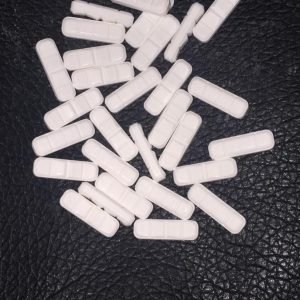
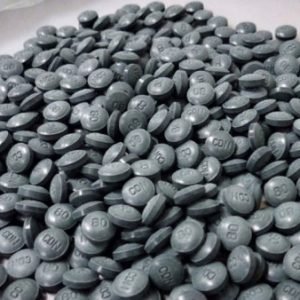

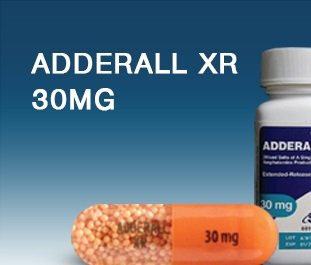
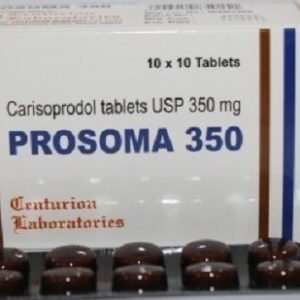
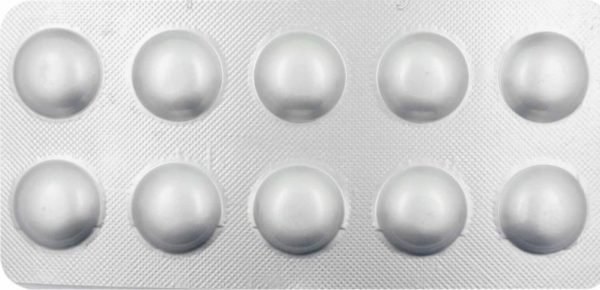
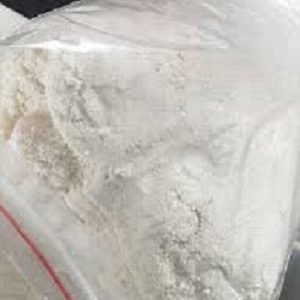
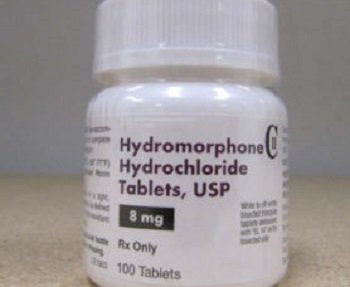
Be the first to review “Cocaine”